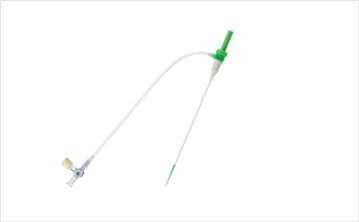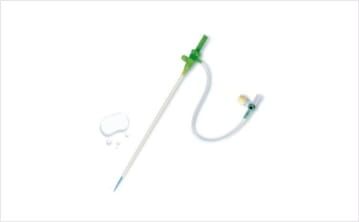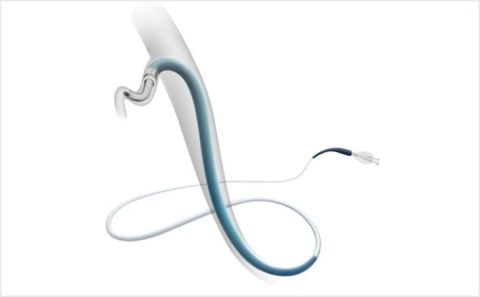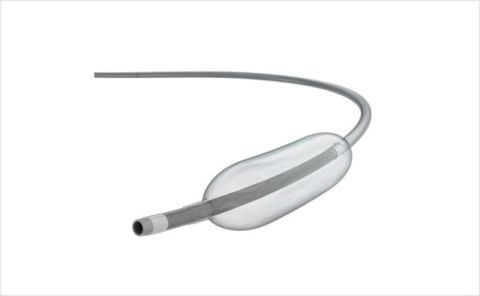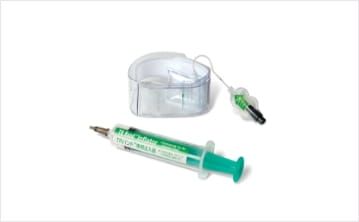How to start R2V™
Learning Radial Approach
Why is there need R2V™ (Radial to Visceral )
Radial to Visceral (R2V™) intervention brings various benefits over Transfemoral Artery Access (TFA), including reduced bleeding complications, easy access site management,
improved patient satisfaction and the opportunity for same day discharge. Terumo offers various access devices and embolic agents for R2V™.1-7
Benefit of R2V™
ReduceProcedural Complications
- Less bleeding complications at the access site
- Low risk for stroke
- No reliance on internal closure device
Treat More Patients
- Easier access site management
- Reach visceral anatomy and beyond with longer access products
- Patient-preferred
Increase Efficiency
- Allows for same-day-discharge
- Reduce costs and improve procedure time
- Ease of access to vessel origins from above
Expected Concern and Solutions
step01
Vessel Access

Expected Concern
- Puncture failure due to the small vessel
- Radial spasm
- Radial artery occlusion due to the vessel damage caused by device insertion
Solution
- Use a thin-wall introducer sheath
- Use a hydrophilic coated introducer sheath
Featured Products
step02
Catheter Insertion
Expected Concern
- Insufficient torque to change catheter tip direction
- Insufficient length for distal delivery
Solution
- Double braided Glidecath provides excellent torque control
- Provides excellent trackability through catheter flexibility and Terumo’s M-coat
Featured Products
step03
Approach to Visceral
Expected Concern
- Difficulty in branch selectivity at bifurcations
Solution
- Option to use Progreatλ, a microcatheter which excels in branch selectivity
Featured Products
step04
Hemostasis

Expected Concern
- Radial artery occlusion caused by prolonged high-pressure hemostasis
Featured Products
APAC forum on R2V™
Latest Topics
Prospective, Multi-Center, Registry Study of Radial Access Embolization Procedures: 30 Day Outcomes
A prospective registry on 30-day outcomes with 12 month follow up was conducted to increase the data available on radial access in visceral interventions (RAVI) and to show that radial access is safe and feasible for a wide range of embolization procedures.
